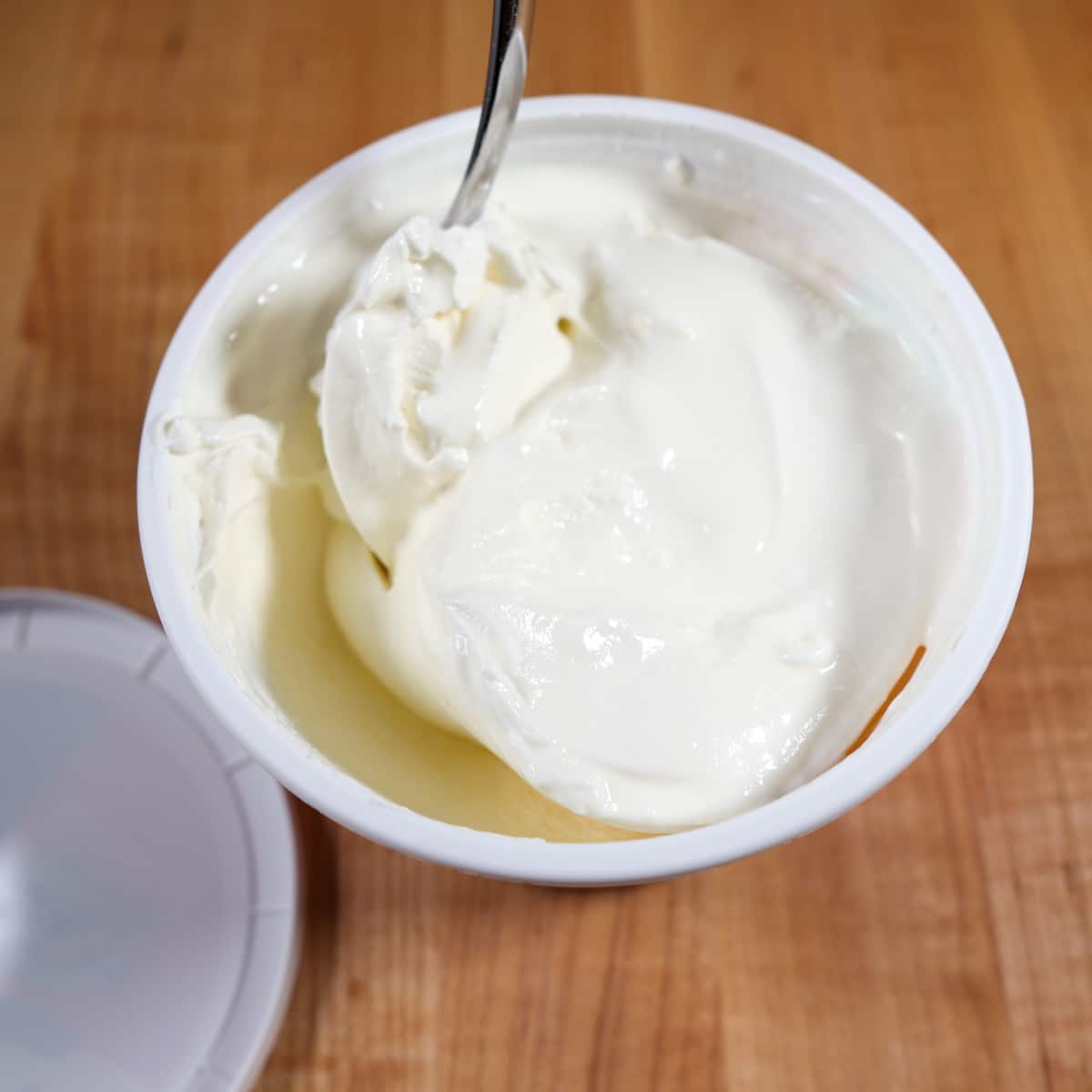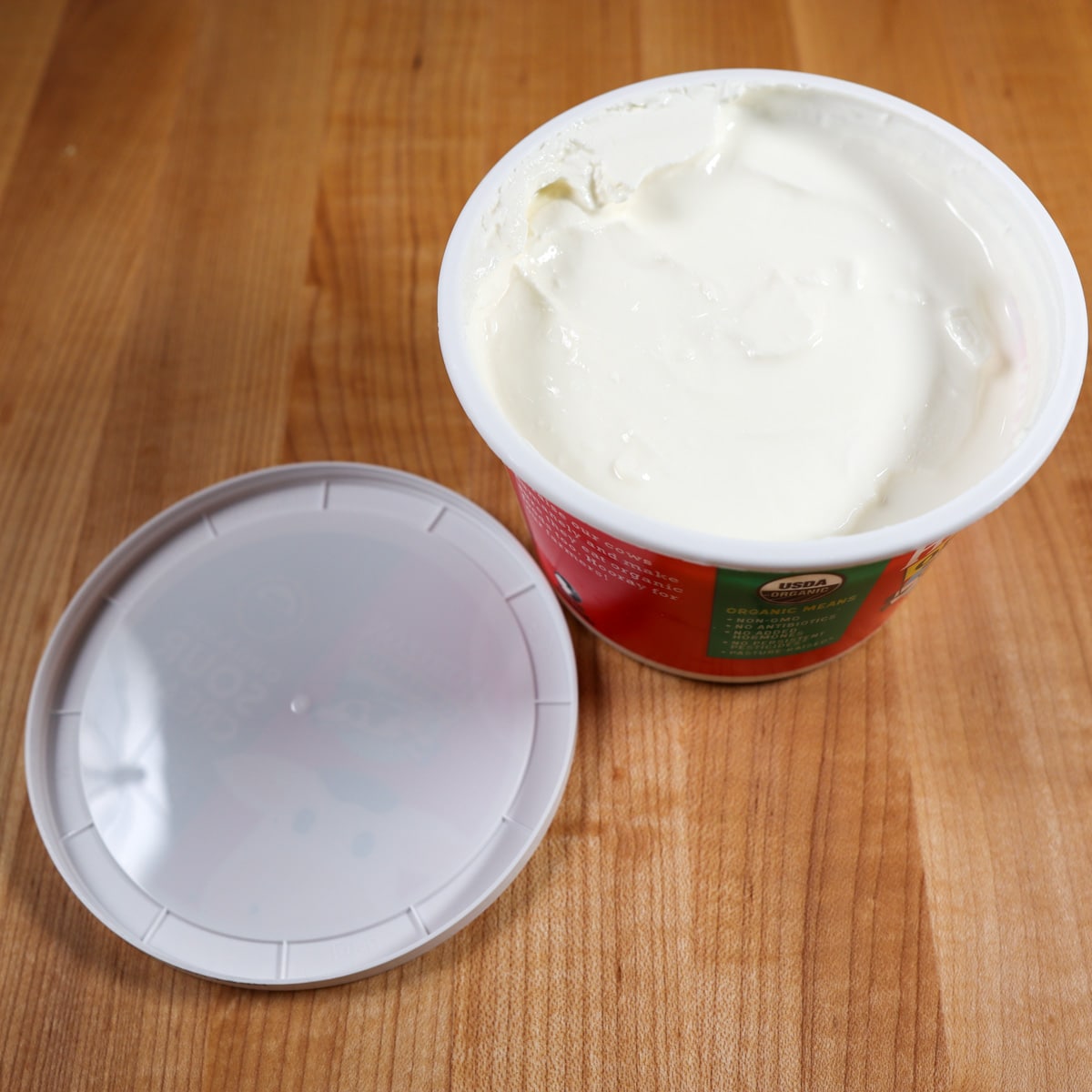How to tell if Sour Cream is bad?
Most of the time when I think of sour cream I immediately think of anything Mexican. Tacos, nachos, enchiladas, or whatever your favorites might be. I can’t have Mexican without sour cream.
Sour cream is actually a very versatile ingredient. It can be used in baking to make things moister, or in salad dressings, or sauces to make them creamier, just to name a few.
But the question is, how long does it last? Or, how can you tell when or if it’s gone bad? I’m going to dive into all of that.

Signs of spoilage

1. Past the Use by date
Look at the date on the side of your container. It will have a use by, sell by, and/or best by date on it.
- Sell-by dates are so the store knows when it should be sold by in order for the consumer to have time to use it before it spoils.
- Use By dates tells the consumer the latest date that you should use the sour cream.
- Best if used by means that you are going to get the best taste, flavors, and quality out of it if you use it before this date.
2. Unpleasant smell
Sour cream that has gone bad is going to have an unpleasant smell to it. Obviously, “sour” cream will have a little tangy smell to it already, but you will notice a sour smell when you open the container that is more of a rancid smell.
The smell in combination with any of these other factors below will tell you for sure if it’s safe to eat or not.
Sour cream pairs sp well with potatoes, it’s almost as good of a combination as peanut butter and jelly. Try my smashed potato recipe and add a dollop of sour cream! You won’t be disappointed.
3. Watery texture
You will notice when you open your sour cream that there is some separation between the cream and the liquid. This is normal and can be drained or mixed back together before you use it.
You want to make sure that it isn’t overly watery or clumpy at all. Sour cream should be a smooth creamy texture when it is good.
4. Moldy or discoloration
Again, you want a nice smooth creaminess to your sour cream. If you notice any mold on the top of it then discard it. Usually, you will see a green or white fuzzy mold on the top of the cream right when you open it.
Bacteria growth will show itself by color. If you see yellowing, that is also an indicator that your sour cream has spoiled and you should throw it away.
I always go by the “When in doubt, throw it out” method.
Now if you think its about to go bad some might say why don’t you freeze it. This could be a bad idea and I cover it in a post can you freeze sour cream.

Online Cooking for Beginners Course